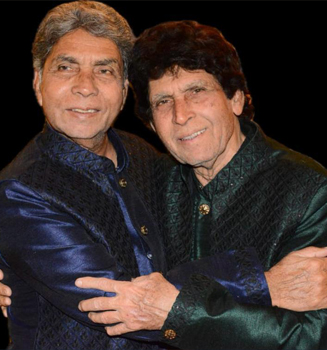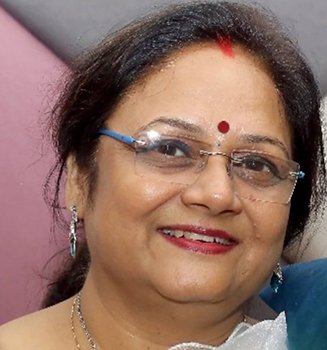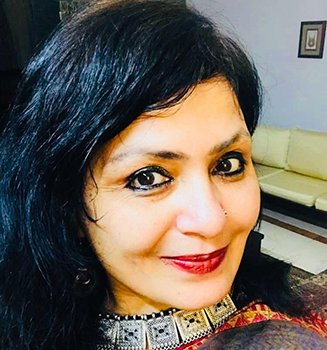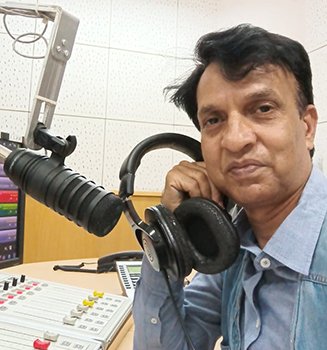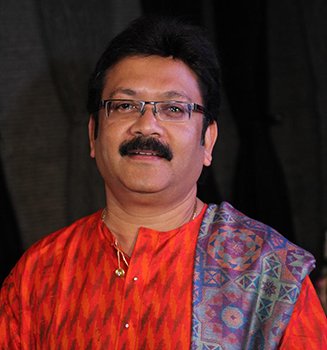The air is cold, and the night runs deep. Yet, a profound light is about to dawn. Across cities, towns, and quiet villages, the faithful rise before the sun. They are drawn by a sound that transcends centuries — the melodious, soul-stirring Kirtan echoing from Gurdwaras glowing with countless twinkling lights.
For forty-eight hours, the AkhandPath — an uninterrupted reading of the eternal wisdom of the Guru Granth Sahib — fills the heavens. It concludes precisely at the first light of this sacred day, known as Guru Purab.
This day marks the birth celebration of GuruNanak Dev Ji, the founder of the Sikh faith. He was not only a spiritual leader but also a reformer who challenged the darkness of his time. Guru Nanak spoke truth to power and dismantled the chains of caste. Moreover, he championed equality and delivered a message that was as simple as it was profound:
“There is one God, and truth is His Name.”
Today, we honor the Guru who offered humanity a blueprint for a just and compassionate world. Truly, this is the Prakash Utsav — the Festival of Light!
The Historical Date of Birth
Original Birth Date Discrepancy
While historical evidence and older Sikh chronicles (Janamsakhis) suggest that Guru Nanak Dev Ji was actually born in the month of Vaisakh (April), the date commonly celebrated today is Kartik Purnima.The Shift to Kartik Purnima
According to some historians, the shift to celebrating the birth anniversary on Kartik Purnima occurred in the early 19th century, during the time of Maharaja Ranjit Singh.Cultural Harmonization
The shift allowed the celebration to coincide with a large, popular Hindu pilgrimage fair held on Kartik Purnima, particularly the one at Ram Tirath near Amritsar. By celebrating the Guru’s birthday on the same date, the Sikh community provided an alternative, centralized focus for Sikh devotion in Amritsar. This move helped solidify the community’s identity and created a significant religious gathering on a highly auspicious day.How It Is Celebrated
The celebrations are marked by deep devotion and usually follow a distinct schedule:Akhand Path
A 48-hour continuous, uninterrupted reading of the Guru Granth Sahib, concluding on the morning of Guru Purab.Nagarkirtan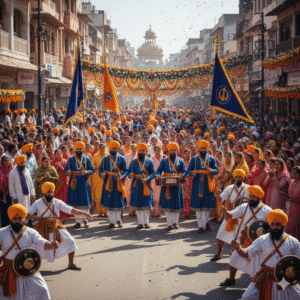
A day before the main festival, a joyous procession led by the Panj Pyare (Five Beloved Ones) takes place through the streets, featuring the singing of hymns and the display of Sikh martial arts (Gatka).On Guru Purab
Devotees gather at Gurdwaras for special prayers, Kirtan (singing of devotional hymns), and Katha (discourses on the Guru’s life and teachings).Langar
A free, community meal is served to people of all backgrounds, reflecting the principle of equality.Prabhat Pheris
Devotees wake up very early in the morning (around 4:00 AM, the Amrit Vela or Ambrosial Hour) and organize devotional processions in local neighborhoods singing hymns. This practice follows Guru Nanak’s emphasis on rising early for meditation and prayer, teaching spiritual discipline in daily life.Kirtan, Katha, and Ardaas
On the main day, Gurdwaras hold special services featuring the singing of hymns and discourses about the life, teachings, and stories of Guru Nanak Dev Ji. These services educate the congregation, especially the younger generation, on the principles of truth, humility, and compassion, making them relevant to contemporary life.Core Principles
1. Equality and Social Justice
The Teaching: Guru Nanak Dev Ji challenged the rigid caste system, gender inequality, and all forms of discrimination in the 15th century. He taught that all human beings are equal in the eyes of the one God.Modern Relevance: In a world still struggling with racism, gender bias, religious intolerance, and socio-economic disparity, this message of absolute equality is desperately needed. Guru Purab inspires people to actively fight for justice and human rights.2. Langar: The Practical Symbol of Unity
The Teaching: The institution of Langar — the community kitchen where everyone, regardless of caste, religion, or social standing, sits together to share a simple meal — was a revolutionary act.Modern Relevance: Langar, prominently featured on Guru Purab, is a living, global example of Seva (selfless service) and breaking down societal barriers. It directly addresses issues of hunger and class division, showcasing a practical model for inclusivity that inspires humanitarian aid worldwide.3. The Three Pillars for a Balanced Life
| Principle | Meaning | Relevance to Modern Life |
|---|---|---|
| Kirat Karni | Honest Earnings | Combats corruption and greed; promotes integrity, work ethic, and ethical business. |
| Vand Chakna | Sharing with Others | Encourages philanthropy, community service, and responsible wealth management. |
| Naam Japna | Meditation on God’s Name | Fosters mental well-being, inner peace, and focus against stress and materialism. |
4. Universal Brotherhood and Interfaith Harmony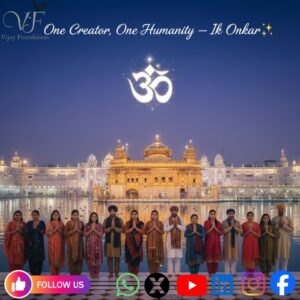
The Teaching: Guru Nanak’s travels (Udasis) involved dialogue with people of all faiths, emphasizing the oneness of God (Ik Onkar) and the common humanity underlying all religious differences. He famously said, “There is neither Hindu nor Muslim.”Modern Relevance: In an age of increasing religious fundamentalism and global conflicts rooted in identity politics, his call for universal acceptance and mutual respect remains the ultimate prescription for peace and coexistence.Conclusion
Guru Purab is more than a historical commemoration; it is a yearly call to return to the fundamentals of compassion, integrity, and selflessness. It reminds humanity that true spiritual progress is inseparable from ethical living and service to society.The celebration of the 556th birth anniversary of Guru Nanak Dev Ji is a global festival of Prakash Utsav (Festival of Light) that offers a potent antidote to the challenges of the modern world.




